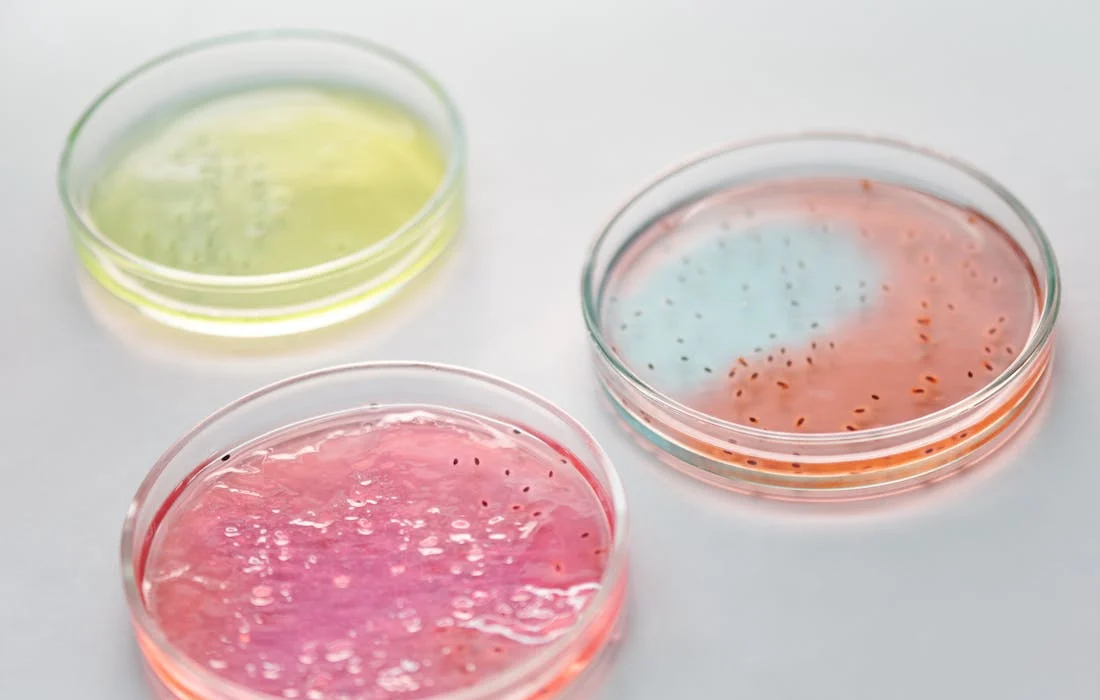Regenerative Medicine News and General Information
New Class of Antibiotics to Fight Resistant Bacteria
Health professionals are in urgent need of new antibiotics to tackle resistant bacteria. Researchers at the University of Zurich and the company Spexis have now modified the chemical structure of naturally occurring peptides to develop antimicrobial molecules that bind to novel targets in the bacteria’s metabolism.
Each year, more than five million people worldwide die as a result of bacteria that are resistant to most common antibiotics. New antibiotics are urgently needed to ensure that bacterial infections in patients can still be treated successfully.
In a study recently published in Science Advances, Zerbe now discusses the development of a highly effective class of antibiotics that fight Gram-negative bacteria in a novel way. The WHO classifies this group of bacteria as extremely dangerous.
The starting point for the researchers’ study was a naturally occurring peptide called thanatin, which insects use to fend off infections. However, thanatin isn’t suitable for use as an antibiotic drug, among other things due to its low effectiveness and because bacteria quickly become resistant to it.
The researchers therefore modified the chemical structure of thanatin to enhance the peptide’s characteristics.
His team synthetically assembled the various components of the bacterial transport bridge and then used nuclear magnetic resonance (NMR) to visualize where and how thanatin binds to and disrupts the transport bridge. Using this information, researchers from Spexis AG planned the chemical modifications that were necessary to boost the peptide’s antibacterial effects. Further mutations were made to increase the molecule’s stability, among other things.
The synthetic peptides were then tested in mice with bacterial infections — and yielded outstanding results.
“The novel antibiotics proved very effective, especially for treating lung infections,” says Zerbe. “They are also highly effective against carbapenem-resistant enterobacteria, where most other antibiotics fail.” However, further preclinical studies are needed before the first tests in humans can begin.
Sources:
Matthias Schuster, Emile Brabet, Kathryn K. Oi, Nicolas Desjonquères, Kerstin Moehle, Karen Le Poupon, Sophie Hell, Stéphane Gable, Virginie Rithié, Séverine Dillinger, Peter Zbinden, Anatol Luther, Claudia Li, Sarah Stiegeler, Carolin D’Arco, Hans Locher, Tobias Remus, Selena DiMaio, Paola Motta, Achim Wach, Françoise Jung, Grégory Upert, Daniel Obrecht, Mohammed Benghezal, Oliver Zerbe. Peptidomimetic antibiotics disrupt the lipopolysaccharide transport bridge of drug-resistant Enterobacteriaceae. Science Advances, 2023; 9 (21) DOI: 10.1126/sciadv.adg3683
University of Zurich. (2023, June 1). New class of antibiotics to fight resistant bacteria. ScienceDaily. Retrieved June 6, 2023 from www.sciencedaily.com/releases/2023/06/230601160147.htm
Photo by Edward Jenner from Pexels: https://www.pexels.com/photo/close-up-photograph-of-petri-dishes-with-different-colors-4031366/

